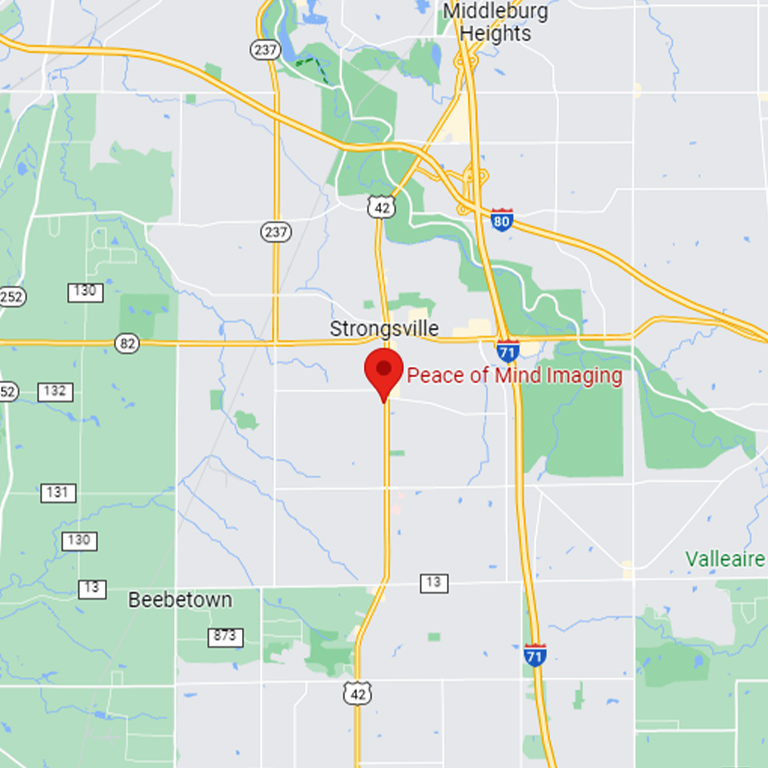How to Estimate Your Due Date
From pregnancy confirmation to pregnancy dating, much of your gestation is all about the calendar. Your due date is the culmination of a months-long journey, one that you likely started planning years ago. If you want to get as close as possible, here are a few counting tips to get the best estimate.
The First Day of Your LMP
LMP stands for last menstrual period, and it’s likely the method that you’re most familiar with already. With this tactic, you take the first day and then count 280 days from there. For a quicker route, you can subtract three months from the first day of your LMP and then add one week.
Ovulation Date
If you happen to know your ovulation date, you can use that to add 266 days to it. Because it’s a little harder to track ovulation vs. your LMP, this is a far less typical calculation if you’re trying to figure out your due date in Strongsville, OH. Plus, it’s likely to be about as accurate, so there’s no statistical advantage to using your ovulation date.
Big Ranges
A typical pregnancy is 40 weeks, but perfectly healthy pregnancies can be anywhere from 37 to 42 weeks. Your due date is likely to be more accurate if your menstrual cycles are regular, but even this won’t account for the standard deviation.
Third-Trimester Ultrasounds in Strongsville, OH
Another way to estimate your due date is to get a third-trimester ultrasound in Strongsville, OH. A low-cost fertility ultrasound during this time will tell the sonographer how the organs are developing, making it easier to get a little closer to the mark. At Peace of Mind Imaging, our staff can tell you more about how these exams can help you plan ahead.





Leave a Reply
Want to join the discussion?Feel free to contribute!